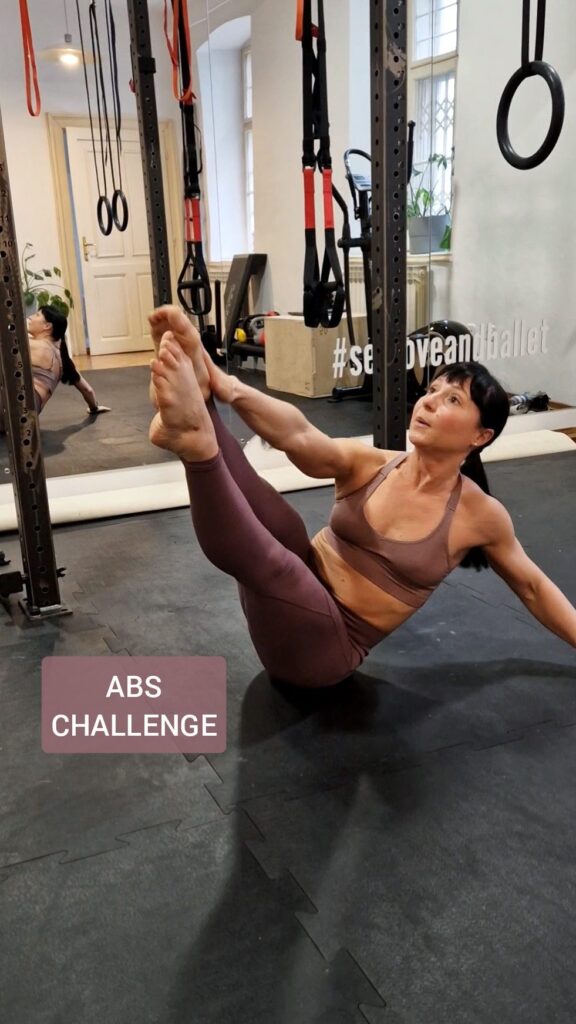Pilates is having a moment. Studios are booked, reformers are sold out, and social feeds are full of promises about “long, lean muscles.” As a coach who also is a Pilates teacher, I’m pro-Pilates—but I’m also pro-context. The science is clear: Pilates has real benefits, but it is not an efficient standalone method for building meaningful strength or muscle in people who are already reasonably fit.
What Pilates Does Exceptionally Well
Multiple systematic reviews show Pilates improves flexibility, mobility, balance, function, and quality of life, particularly in adults and clinical populations. That’s not hype—that’s data. Examples:
- Improvements in physical-functional performance and quality of life (older adults). (PubMed)
- Benefits for balance/mobility in older adults. (PubMed)
- Positive effects for spinal posture/deformities (emerging but promising). (PubMed)
- Reductions in pain/disability in musculoskeletal and low-back-pain contexts vs usual care; similar to other exercise options. (PubMed, PMC)
- Classic RCT work showing gains in muscular endurance and flexibility after a 12-week mat program. (PubMed)
In short: if you want better movement quality, core control, mobility, and general well-being, Pilates deserves a place in your program.
Where Pilates Falls Short (Strength & Hypertrophy)
When the goal is meaningful strength and muscle growth, Pilates (mat or reformer) doesn’t deliver as efficiently as progressive resistance training:
- A 2022 systematic review/meta-analysis found no advantage of Pilates over other exercise modalities for increasing muscle strength, and evidence quality was low to very low. Translation: it’s not superior for strength. (PubMed, ScienceDirect)
- Recent RCTs in special populations (e.g., knee OA) suggest benefits for pain/function, but limited effects on range of motion and no clear superiority over comparators—again pointing to Pilates as “useful,” not “best-in-class” for strength. (PMC, Taylor & Francis Online)
By contrast, decades of resistance-training research are remarkably consistent:
- Heavy loads are superior for maximizing 1RM strength, while muscle hypertrophy occurs across a wide range of loads so long as sets are taken near failure (i.e., sufficient tension and effort). (PubMed, PMC)
- Protein intake materially enhances resistance-training-induced gains in muscle mass and strength; diminishing returns around ~1.6 g/kg/day. (PubMed, PMC)
- Energy intake matters: surpluses facilitate an anabolic environment, though very large surpluses mostly add fat rather than extra muscle—precision beats “dirty bulks.” (PMC, SpringerOpen)
Put simply: Pilates provides some resistance (more so on a reformer), which can help untrained or deconditioned people get early gains. But as you become fitter, the loads and progression schemes typical of Pilates are not sufficient stimuli to keep driving strength and hypertrophy the way structured, progressive resistance training does. I’m sorry but these are facts!
And now I already hear some of you sayin: “But Reformer Pilates provides resistance!” Let’s talk about that.
“Reformer Pilates Builds Muscle”—True for Beginners, Limited Thereafter
Yes, some RCTs report improved muscle endurance and even modest strength changes with reformer Pilates, often alongside better body composition in previously inactive or overweight/obese populations. That’s valuable—especially for adherence and joint-friendly training. But these effects do not scale like progressive overload with barbells/machines once training status improves. (PubMed)
The Trend Cycle vs. The Fundamentals
Fitness has always had waves: aerobics, step, functional circuits, HIIT, CrossFit, hot yoga, now reformer Pilates. They all contribute something. But when the hype fades, we land on the same evidence-based base:
- Strength (progressive resistance)
- Cardio (heart & metabolic fitness)
- Mobility/flexibility (movement options & joint health)
- Mind-body practices (Pilates, yoga, breathing, recovery)
Pilates fits beautifully in that stack for movement quality, core control, and adherence. Just don’t confuse it with the most efficient path to serious strength or muscle.
Saying all this I want to say one more thing:
THE BEST WORKOUT IS THE ONE YOU CONSISTENTLY DO!
You see science is great. It shows us data and having it we can do things in a rather correct way however the problem is that some people lack discipline to show up when it is something they hate doing. If you are that person and you really enjoy Pilates then do it. Heck do it multiple times a week. But please do understand to be a healthier person long-term you will have to add some things that you might not like. I know – bummer. But, I’m not here to put pink glasses on your face. I’m here to teach you something and it is upon you to do with it whatever you want. You do you.
Practical Programming (What I Recommend)
- Keep Pilates 1–3x/week for mobility, posture, core control, and recovery-friendly movement, for fun.
- Anchor your week with progressive resistance training targeting major movement patterns (squat, hinge, push, pull) at loads and efforts that approach failure safely. Preferably 2-3x per week. (PubMed, PMC)
- Eat adequate protein (~1.6–2.2 g/kg/day depending on preference/goal), and set calories according to whether you want to maintain, gain slowly, or cut. (PubMed)
- Sleep, de-stress, and periodize. Recovery is part of training.








